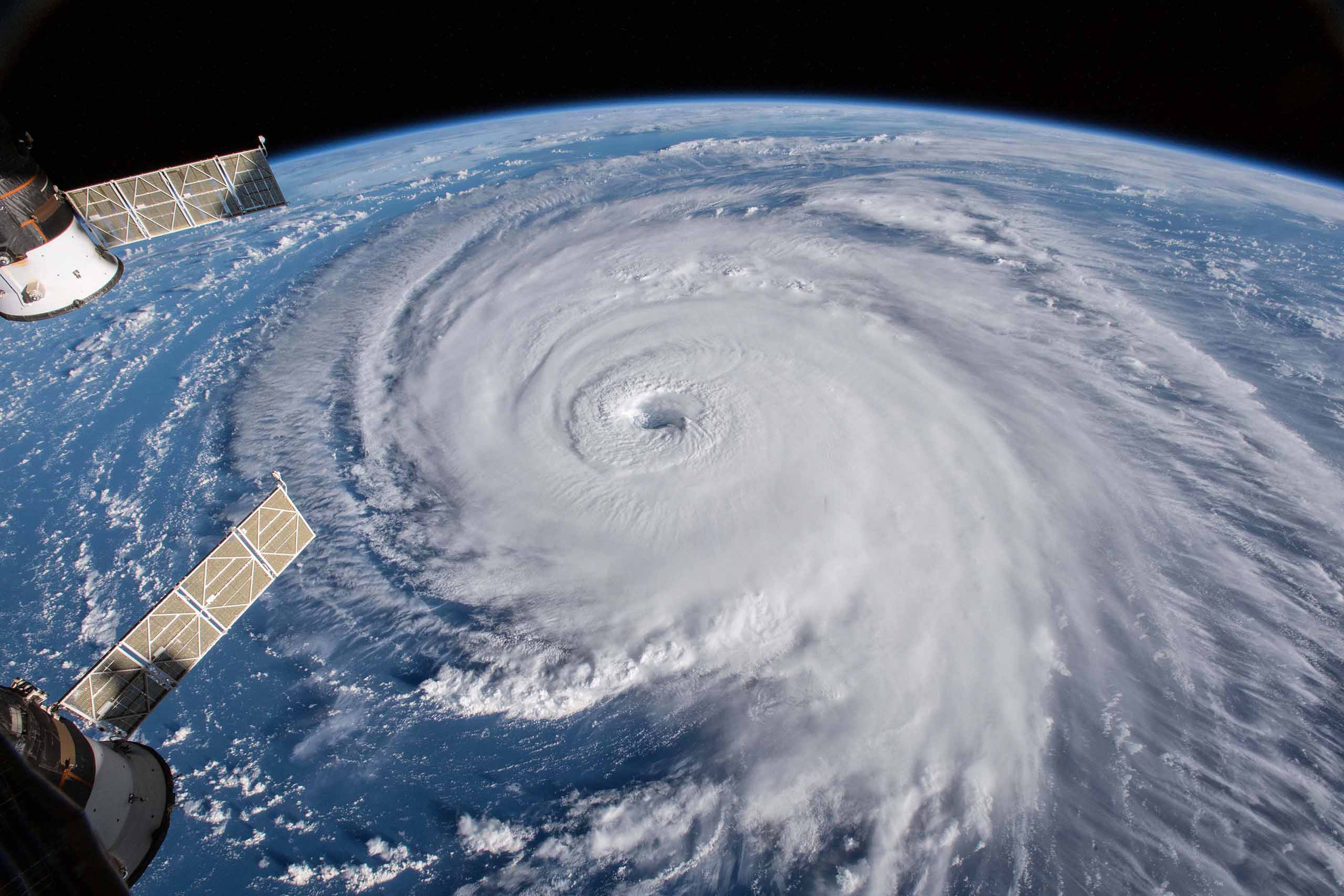If you thought the average Atlantic hurricane season these days seems a bit worse than years past, you might be right. An analysis posted to Twitter by the University of Miami hurricane researcher Brian McNoldy shows our concept of normal tropical activity is about to get busier.
In climatology, meteorologists use a three-decade period to calculate averages to smooth out variability. Up until 2019, we were using the period 1981-2010. With 2020 behind us, we updated our climatological averages for 1991-2020.
We’re already expecting average temperatures to increase due to warming over the past 30 years. There will also be a statistically significant increase in the number of named storms, hurricanes, and most notably, major hurricanes, in some cases by nearly 20% — a far more significant change than our slightly warmer (on average) days and nights.
When is the Atlantic hurricane season?
The Atlantic hurricane season starts on June 1 and ends on November 30. However, 85% of this activity occurs during August, September, and October.
The new average Atlantic hurricane season
With the old averages, the average Atlantic hurricane season featured 12 named storms, about six of which became hurricanes. Of those six hurricanes, typically three or so a year would become major hurricanes, classified as category three or higher.
With the 1991-2020 averages, at least two more storms per year are expected (taking us to the “N” name) and one more hurricane. While the average number of major hurricanes will stay roughly the same, that’s only due to rounding.
What’s to blame?
The graph above does make it appear as if there was a marked increase in hurricane activity. However, there might not be only one reason why.
Meteorologists only have had reliable methods to track storms since the 1960s and the dawn of the weather satellite, and more so in the 1970s. Previously, the weather service relied on ship reports, making hurricane tracking much more difficult.
There’s a good chance we missed some tropical storms simply because we didn’t know they were there. Past catastrophes — most notably the Galveston Hurricane of 1900 — resulted from forecasters not having enough data to forecast storm tracks accurately.
But there’s also a good chance that climate change is partially to blame. Researchers have noted that the most significant increases in the Atlantic’s tropical activity happen where water is warming the most. Far more of the Atlantic is heating to temperatures capable of sustaining a tropical system, giving storms more space to develop.
Just because there are more named storms doesn’t necessarily mean that there any more intense, however. Meteorologists use ACE (Accumulated Cyclone Energy) to gauge hurricane intensity. This tool is typically used on a seasonal basis to gauge the severity of a hurricane season.
As you’d expect, stronger, longer-lived storms produce way more ACE than weaker, short-lived storms. So while the number of storms may have increased, the average Atlantic hurricane season isn’t getting any worse, per se.
Data on the ground from weather stations seem to back that up, too. The threat of damage to our Atlantic coastlines is increasing not only because storms might be getting stronger but the simple fact more and more of us are moving to the coastlines most at risk.
The bottom line
Regardless of whether or not more tropical storms and hurricanes are forming, residents all along the Atlantic coasts should monitor the weather forecasts, especially in the tropics, all summer long. While portions of our coasts are more at risk, many agree it’s just a matter of time until the right storm comes.
Prepare your evacuation plan now. Ensure your property is safe if you must leave. And most importantly, be sure to watch the skies, whether it’s an average Atlantic hurricane season.


